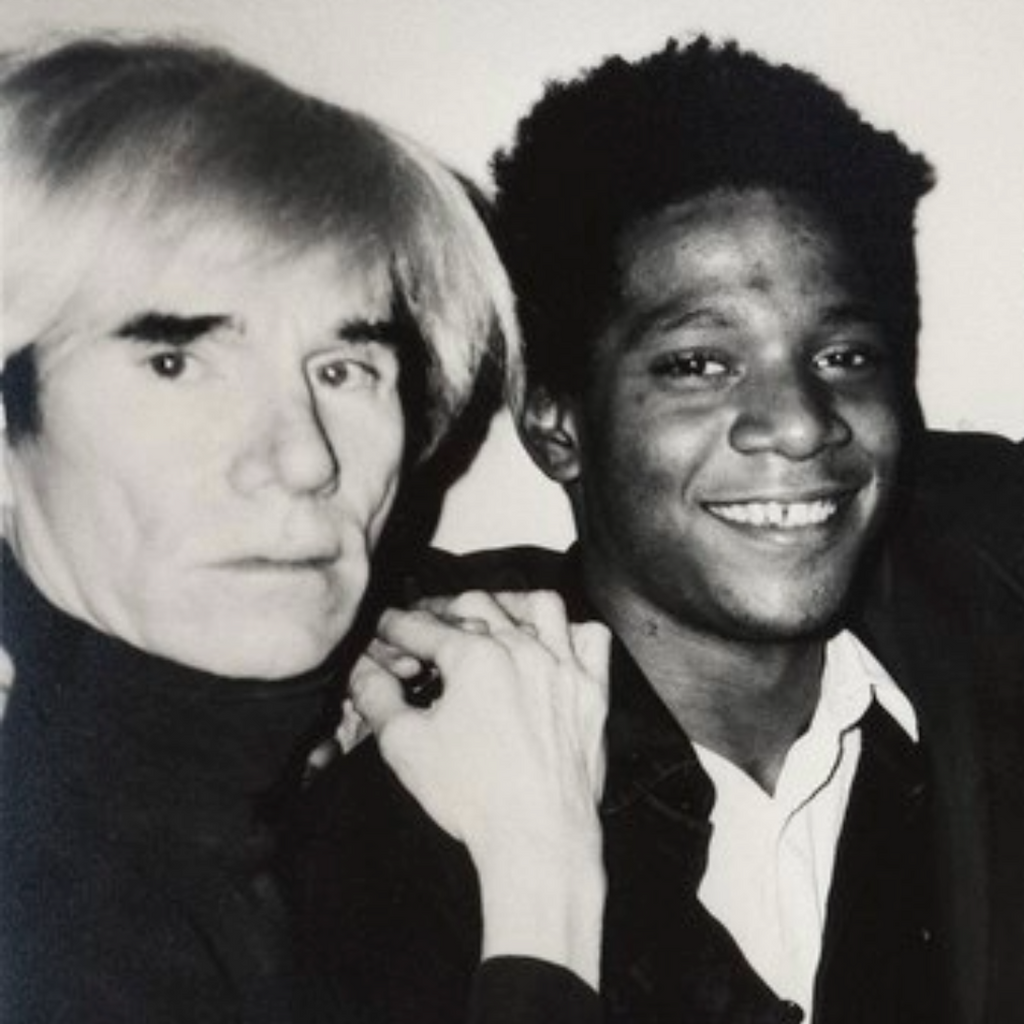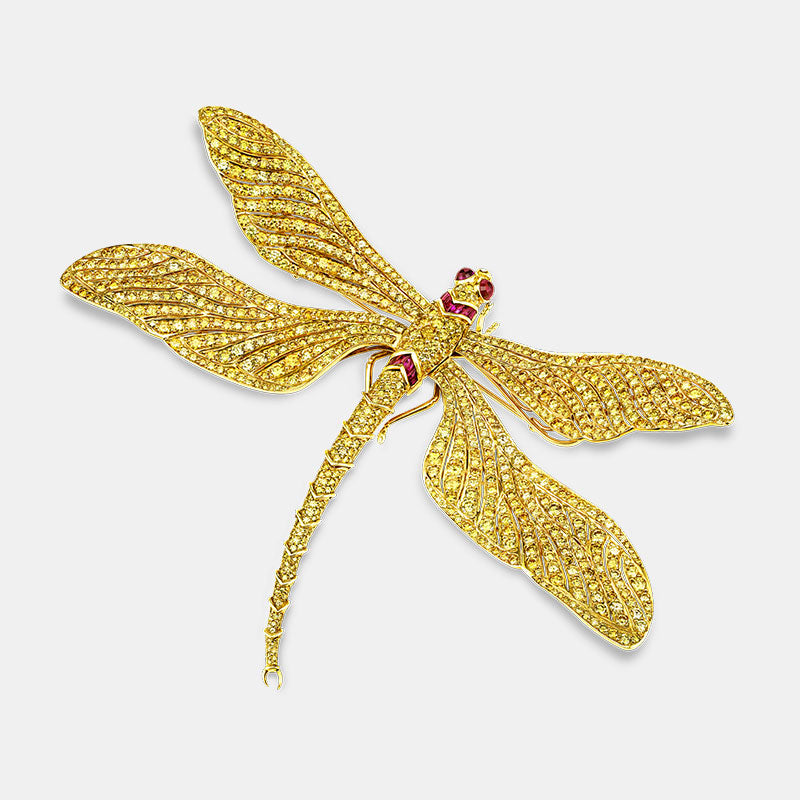Jack-o’-lanterns, skeletons, ghostly apparitions... the French Quarter is the perfect place to spend a spooky Halloween. With over 300 years of history, the neighborhood has seen its fair share of oddities and horrors, and tales of hauntings abound to frighten locals and tourists alike. If all things weird and uncanny fit your idea of an ideal Halloween, what better place to find an array of spooky stories than an over 100-year-old antique gallery? Over the years, M.S. Rau has had its fair share of curiosities from the weird to the terrifying. Read on for our top list of spooky antiques!
Breccia di Skiros Skull

Few things are more disconcerting to most people than a reminder of their own mortality. The human skull is the ultimate memento mori — a Latin phrase meaning “remember that you have to die.” Popular in religious art of the 17th century, the skull remains just as potent, and all of the symbolism it carried in the past reverberates today. Simultaneously fascinating and revolting, the skull reminds us that no matter what happens in our lives, we all end up in the same place — we decay, and we become mere bones.
This example of the skull in art is formed from a specimen of Breccia di Skiros, a dynamic, multicolored marble quarried in Italy. The well-formed teeth, the fissures in the cranium, the empty eye sockets... they all instill a sense of disquiet in the viewer to make it the perfect pick for our roundup of spooky antiques.
Death's Arrest by John Henry Amshewitz

This monumental painting by the British painter John Henry Amshewitz is a highly modern interpretation of the memento mori theme. In the large-scale oil, a young troubadour is shadowed by a bone-chilling cloaked figure who represents death. This Grim Reaper is truly terrifying, though his gaunt face and bony fingers are his only visual features. He has a strong grip on the central figure, as though he is nearly ready to take him away from the revelry that is taking place in the foreground. The artist seems to urge the viewer to enjoy life's simple pleasures while you can. Death waits for us all.
For modern American society, the premise of the memento mori — this idea that we should confront our own mortality — may seem morbid, but this discipline is held in high esteem in many cultures. Perhaps another way to consider the idea is to simply say carpe diem, or “seize the day.” For Halloween, however, we prefer Amshewitz’s approach!
Egyptian Sarcophagus Mask

While we can’t guarantee that this mask will give you an “in” with Osiris, we can guarantee its spook factor!
Iron Scold's Bridle

With its elongated, protruding tongue and oversized donkey ears, the present example would have been inflicted on those guilty of gossiping and spying. It would have sent a clear message about the offenses of its wearer, who was often forced to walk through town as part of the ritual of social humiliation. This example even features a bell at its apex, which would have drawn further attention to the spectacle. While it would make a horrifying Halloween mask, we don’t recommend wearing this one any time of year.
Fijian Vuasagale Human Tooth Necklace

After the ceremony, the teeth of the fallen were extracted as to keep the root intact, and strung on a natural fiber cord as a constant reminder of the wearer's victories. Today it is a spine-chilling relic of a ferocious past, and remains one of the most bone-chilling oddities to have ever graced the walls of our gallery.
Vampire Killing Kit

Such kits were popular among travelers in Eastern Europe in the 18th and 19th centuries, and many were also made in the early 20th century in response to the interest in vampires sparked by the publication of Bram Stoker's Dracula. Even illustrious vampire-hunter Dr.Van Helsing would be proud to own this kit!
French Naval Surgeon's Kit

Perhaps less spooky than grisly, this French surgeon’s kit includes all the instruments needed to conduct any and every known medical procedure necessary at sea. The complete set contains over 100 instruments for performing a wide variety of procedures, including general operations, amputations, catheterization, punctures and aspirations, tracheotomies and dentistry.
The French naval surgeon was the highest trained and most respected of all surgeons because he had to be able to perform every conceivable type of emergency surgery. As the only doctor on a ship at sea for months, he handled a range of ailments from common sicknesses and toothaches to serious wartime injuries and amputations. One can only imagine the number of gruesome procedures that were likely performed with this set of tools, making it a particularly macabre addition to our list.
17th-Century Cabinet of Curiosities

Rounding out our list is the ULTIMATE curiosity — a cabinet of curiosities! This Baroque-era piece of furniture is filled with mystery, containing drawer after drawer for one to fill with their own odds and ends. The cabinet of curiosities can be traced to the Renaissance, which saw a renewal of interest in the new, the exotic and the unexplainable. Collectors and scientists traveled to far-off lands, and they brought back all sorts of unusual relics that would have been stored in a cabinet such as this. This cabinet may have contained anything from the mundane to the macabre, depending on the proclivities of its previous owner. What sort of oddities and curiosities would you store?
What is a Cabinet of Curiosities?
A cabinet of curiosity is a collection of objects that are arranged and displayed in a way that highlights their unique and interesting qualities. They can range from natural specimens, such as minerals and fossils, to artifacts, like ancient coins and textiles.
Key Components of a Cabinet of Curiosities
A traditional cabinet of curiosity would typically include items such as rare books, maps, scientific instruments, and artwork. The objects were often displayed in a cluttered and whimsical manner, with little regard for organization. This style of display was meant to evoke a sense of wonder and discovery.
Want to learn more about the new and interesting items that enter our gallery each day? Check out our recent acquisitions to see the latest!









